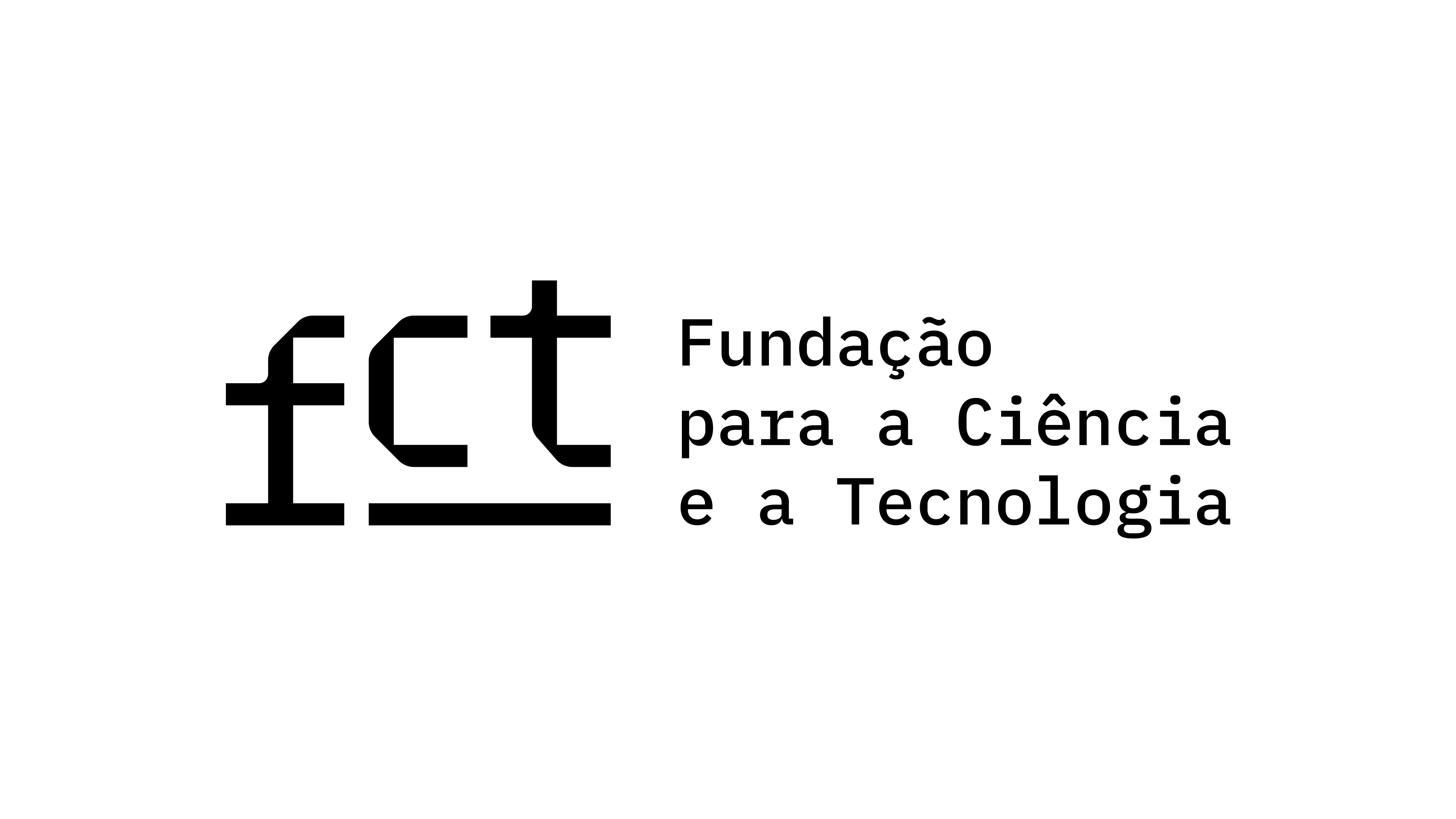The Cinematic Life of the Figural: Mapping Shapes of Time in Terrence Malick’s The New World (2005)
Keywords:
Time, Phenomenology, Walter Benjamin, Terrence Malick, Nature-culture relationsAbstract
This article investigates Terrence Malick’s cinematic treatment of nature in The New World and argues that cinema, as a figural technology, disrupts the Kantian time-space division informing modernist and postmodernist conceptions of the nature/culture divide. The argument takes Robert Sinnerbrink’s and Iain Macdonald’s divergent readings of Terrence Malick’s The New World and shows how a figural approach can overcome the nature/culture divide informing romantic (Sinnerbrink) and nihilistic (Macdonald) approaches to Malick’s treatment of human-nature relations. In using historical and romanticised figural gestures such as Pocahontas and John Smith, Malick’s film disrupts perception, sensations and significations associated with ideological and mythic readings of the tainted legend, and opens these gestures to their cinematic life. The argument draws on applications of Peter Fenves’ work on Benjamin’s conception of the turn of time to figural experiences of films. In order to illustrate the significance of Fenves’ study in film-philosophy, the analysis will pause at Malick’s use of the map-territory relation in the title sequences of The New World. A figural approach to the map-territory relation will crystallise time as a Benjaminian sphere of total neutrality, a non-subjective continuity of experience able to produce a temporal reduction that does not reside in subjective intentionality. Benjamin’s shape of time illuminates a vision of nature beyond nihilism and delusional romantic ideals, it contributes to a more defined philosophical role of the figural in film-philosophy and opens the film’s figural gestures to their posthumous and, indeed, posthuman, temporal plasticity.





